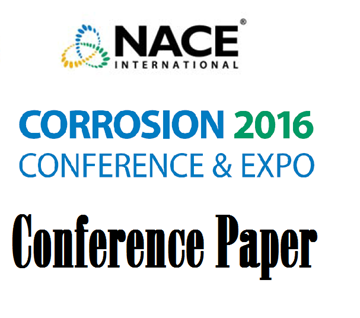Search
07169 Internal Corrosion Direct Assessment Methodology for Liquid Petroleum Pipelines
Also Purchased
08131 Facilitating Internal Corrosion Direct Assessment using Advanced Flow and Corrosion Prediction Models
Product Number:
51300-08131-SG
ISBN:
08131 2008 CP
Publication Date:
2008
$20.00
51316-7092-Internal Corrosion Direct Assessment For Offshore Pipelines
Product Number:
51316-7092-SG
ISBN:
7092 2016 CP
Publication Date:
2016
$20.00
51312-01268-LIQUID PETROLEUM - INTERNAL CORROSION DIRECT ASSESSMENT (LP-ICDA) OF A “PIGGABLE” KUWAITI CRUDE OIL
Product Number:
51312-01268-SG
ISBN:
01268 2012 CP
Publication Date:
2012
$20.00




